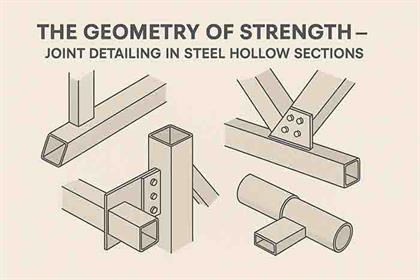
Brick walls are strong. They last a long time. But they can still let in water. Moisture may cause damage over time. Waterproofing can help reduce that risk. There are a few good ways to protect your bricks from water.
1. Silicone or Silane-Siloxane Sealers
These sealers are clear. They soak into the brick and help block water. The wall can still breathe, so moisture can escape.
You can use them indoors or outdoors. One coat may last for years. Many homeowners choose these sealers for ease of use.
- Easy to apply with a roller or sprayer
- Works well on both new and old brick
- Often used in wet or rainy areas
People in rainy cities often use these products. Seattle homeowners, for example, may treat brick walls once every few years. This helps prevent long-term moisture problems.
Also Read : Simple steps to determine the number of bricks in a brick wall
2. Elastomeric Coatings
These coatings are thick like paint. They cover the brick surface fully. The coating forms a stretchable layer.
The wall may still shift or crack over time. These coatings can move a little without breaking. That makes them useful for older homes.
- Covers small surface cracks
- Works for houses and buildings
- May change the appearance of the brick
Elastomeric coatings can hide some flaws. The finish may not look like bare brick. But the tradeoff is extra water resistance.
Also Read : INTERLOCKING BRICKS - ADVANTAGES & DISADVANTAGES
3. Cementitious Waterproofing
This method uses a mix of cement and waterproofing materials. It is applied like plaster. It can work well in basements and foundations.
The surface becomes strong. It may last many years. But it is not the best option for outside walls. The material may crack when exposed to weather.
- Best for indoor or underground walls
- Can be applied with a trowel or brush
- Strong and thick finish
This method would suit people who want a solid, long-lasting barrier indoors. It may not work as well on visible exterior walls.
4. Bituminous Membranes
Bituminous membranes are made from asphalt. These are rolled out and applied in sheets. They create a strong barrier that resists water.
They are often used where bricks meet the ground. Flat roofs and foundation walls may benefit from this method. It usually needs a professional.
- Great for below-grade areas
- Long-lasting and tough
- Needs skilled installation
This option may be more expensive. It would be best for places where water is a serious concern.
Drainage and Ventilation Help Too
Sealants can do a lot. But drainage plays a big role in keeping bricks dry. Good drainage may stop water from reaching the brick in the first place.
- Add weep holes near the bottom of the wall
- Use flashing above windows and doors
- Keep gutters and downspouts clear
These small changes can make a big difference. Proper drainage can cut moisture-related problems in half, according to builders.
When You Should Call a Pro
Sometimes you may not know how bad the damage is. A professional can take a closer look. Some issues may be hard to see from the outside.
Call a contractor if you notice things like:
- Water stains on interior walls
- Bricks that flake or fall apart
- A musty smell near the base of walls
These may be signs of deeper issues. You can try simple fixes, but a pro might find something you missed. Getting help early can save time and money later.
Final Thoughts
Waterproofing brick walls can protect your home. It may also prevent future repairs. Each method offers something different.
Silicone sealers are easy. Elastomeric coatings stretch and seal. Cement-based options are tough. Membranes stop water where bricks meet soil.
Pick what works best for your wall. Think about your location, the age of your home, and your budget. Some homes may need a mix of methods.
Check walls once a year. Watch for cracks or stains. Small steps now may stop big problems later.
“Water damage is one of the costliest repairs in building maintenance. Preventive waterproofing is a smart investment,” says Bob Vila, home improvement expert and author.
















